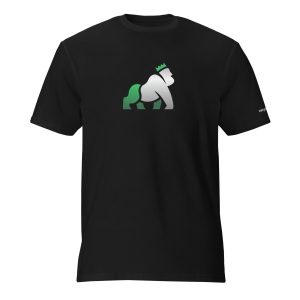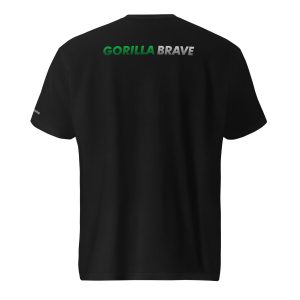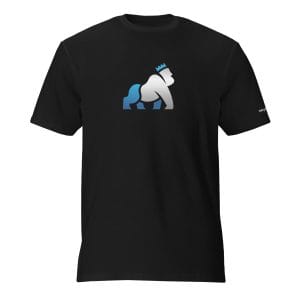Food Safety Risks: Protecting Consumers and Safeguarding Reputations
Food safety is paramount in the food and beverage industry. Any compromise can have devastating consequences, impacting public health, damaging brand reputation, and leading to legal repercussions. Understanding the multifaceted nature of food safety risks is crucial for businesses to implement robust preventive measures and ensure the well-being of their consumers.
The Scope of Food Safety Risks: A Multifaceted Challenge
Food safety risks encompass a wide range of potential hazards:
- Biological Contamination: Bacteria, viruses, and parasites are major culprits in foodborne illnesses. These microorganisms can contaminate food at various stages, from production and processing to handling and storage.
- Chemical Contamination: Pesticides, herbicides, cleaning agents, and heavy metals can contaminate food, posing health risks to consumers. These chemicals can enter the food chain through agricultural practices, processing methods, or improper storage.
- Physical Contamination: Foreign objects like glass shards, metal fragments, or even insects can accidentally contaminate food, causing injuries or health issues if ingested.
- Allergens: Undeclared allergens are a significant food safety risk for individuals with food allergies. Mislabeling or cross-contamination can lead to severe allergic reactions, even with trace amounts of allergens.
Impact on the Industry: From Public Health to Brand Reputation
Food safety incidents can have far-reaching consequences for the food and beverage industry:
- Public Health: Foodborne illnesses can cause a range of symptoms, from mild discomfort to severe complications, and even death in some cases. Outbreaks can strain healthcare systems and lead to public health emergencies.
- Reputational Damage: Food safety incidents can severely damage a company’s reputation and erode consumer trust. Negative publicity, social media backlash, and loss of consumer confidence can have long-lasting effects on brand image and sales.
- Legal and Financial Consequences: Companies may face lawsuits, fines, and sanctions for non-compliance with food safety regulations. Product recalls, production shutdowns, and legal costs can result in significant financial losses.
Examples of Food Safety Incidents: Lessons Learned
Several high-profile food safety incidents have highlighted the importance of vigilance and proactive risk management:
- The Jack in the Box E. coli Outbreak (1993): This outbreak, linked to undercooked hamburgers, resulted in hundreds of illnesses and several deaths, leading to significant changes in food safety regulations and practices.
- The Peanut Corporation of America Salmonella Outbreak (2008-2009): This widespread outbreak, linked to contaminated peanut products, caused hundreds of illnesses and several deaths, highlighting the importance of supply chain management and traceability.
- The Chipotle E. coli Outbreaks (2015): Multiple E. coli outbreaks linked to Chipotle restaurants in different states emphasized the need for robust food safety protocols and employee training in restaurant settings.
Strategies for Mitigating Food Safety Risks: A Proactive Approach
Food safety requires a proactive and comprehensive approach, encompassing various strategies:
- Hazard Analysis and Critical Control Points (HACCP): Implement a robust HACCP system to identify and control potential hazards throughout the food production process. This involves identifying critical control points, establishing preventive measures, and monitoring processes to ensure food safety.
- Supplier Audits: Conduct regular audits of suppliers to ensure they meet stringent quality and safety standards. This includes verifying their food safety practices, ingredient sourcing, and compliance with regulations.
- Traceability Systems: Implement traceability systems to track ingredients and products throughout the supply chain. This enables quick identification and isolation of contaminated products in case of an outbreak or recall.
- Employee Training: Provide comprehensive food safety training to all employees, emphasizing hygiene practices, proper handling procedures, and awareness of potential hazards. This includes training on handwashing, temperature control, cross-contamination prevention, and allergen awareness.
- Technology Integration: Utilize technology for real-time monitoring, automated temperature control, and data analysis to enhance food safety measures. This includes sensors, data loggers, and software systems that can help identify potential risks and improve food safety practices.
The Future of Food Safety: Vigilance and Adaptation in a Changing World
Food safety will remain a paramount concern for the food and beverage industry. Climate change, evolving consumer preferences, and technological advancements will continue to shape the food safety landscape, requiring ongoing adaptation and vigilance. By embracing a proactive approach to risk management, investing in technology, and prioritizing employee training, businesses can protect consumers, safeguard their reputations, and contribute to a safer and healthier food system.
The GorillaBrave Newsletter
Stay in the know! Get plugged in, gain access to exclusive information, apparel, events, and a lot more to help you grow your food business.
Upcoming GorillaBrave Events
GorillaBrave Apparel
-
- T-Shirts
GorillaBrave (Green) T-Shirt
- $35.00
- Select options This product has multiple variants. The options may be chosen on the product page
-
- Hoodies
GorillaBrave (Black) Hoodie
- $48.50 – $58.50
- Select options This product has multiple variants. The options may be chosen on the product page
-
- T-Shirts
GorillaBrave (Blue) T-Shirt
- $35.00
- Select options This product has multiple variants. The options may be chosen on the product page
Are you courageous enough to be GorillaBrave?






